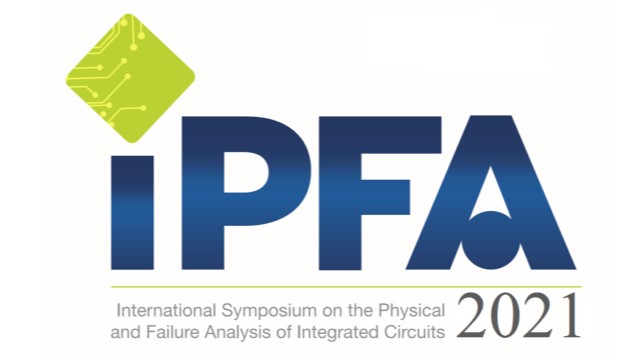Tessent scan diagnosis at IPFA

IEEE International Symposium on the Physical and Failure Analysis of Integrated Circuits (IPFA 2021) is a virtual event this year, available from the 14th of September until the 13th of October. Rather than stream everything live, IPFA will make available pre-recorded videos that registrants can watch on demand.
If you are involved in scan diagnosis, you’ll want to tune into the invited talk from Tessent’s own Jayant D’Souza, technical product manager at Siemens EDA: Localization of Front-End Defects using Volume Scan Diagnosis.
D’Souza will give a quick overview of the available scan diagnosis technologies and demonstrate how volume scan diagnosis can be used to improve physical failure analysis (PFA) and defect localization, especially for front-end of line (FEOL) layers.
Scan diagnosis, like all aspects of IC design and manufacturing, presents new challenges at advanced nodes. FEOL defects can be subtle, sometimes cell-dependent, sometimes layout/layer-dependent. In addition to technical challenges, there is business pressure to address yield ramp and improve failure analysis time.
During scan diagnosis, the diagnosis tool uses failing test cycles to calculate and simulate the kind of defect and the location of defect that could produce the failing cycles that were observed on the tester. With layout-aware diagnosis, that fail data is mapped to physical locations in the design that are most likely to cause the observed failing cycles. Collect fail data for a large number of die in volume diagnosis can be used to find a root cause or set of root causes for the failing die. The traditional layout-aware diagnosis only produces meaningful data for back-end of line layers. Another technology is Cell-Aware diagnosis, which enables the diagnosis software to pinpoint defects inside standard cells.

With any diagnosis technology, there is noise, ambiguity, or uncertainty in the results. This means the results point to more than one suspect location and each of those locations can have more than one physical property associated with it. Getting to the root cause of failures depends on cutting through that noise. Zonal analysis can manage noise, and Root Cause Deconvolution (RCD) eliminates the noise.
RCD is the process of statistically analyzing diagnosis reports from many failing devices to determine the set of root causes—for example, metal 3 open and metal5 bridge—responsible for the failing devices and to determine how many failing devices are due to each root cause. These root causes are determined using ONLY scan diagnosis reports. RCD allows you to find the die that are most likely to represent a root cause of interest. In this case, we have selected the die most likely to represent the most common root cause, but there are many scenarios where you may look at others.
Diagnosis and RCD together extend the analysis to FEOL defects. Front-end defects add a level of complexity because subtle defect behaviors are hard to pinpoint. Additionally, several different defects inside the cell could be hard to distinguish from one another.
D’Souza will show real silicon results to demonstrate how these diagnosis technologies help solve complex FinFET defect mechanisms, correlate root cause with specific cell types, and accelerate failure analysis time for FEOL defects.
Scan-based diagnosis with machine learning has been used to achieve 85% shorter PFA cycle time and uncover unknown systematic issues. At 5nm and 7nm technology nodes, using cell-aware diagnosis achieves transistor-level accuracy and resolution, resulting in 10X smaller search area for PFA.


